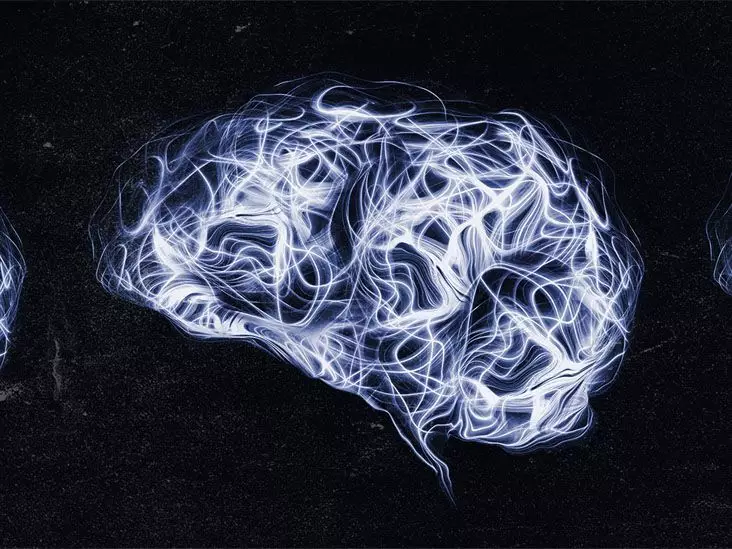Dementia is a complex and multifaceted condition characterized by a decline in cognitive abilities that significantly impairs daily functioning. Diagnosing dementia involves a thorough assessment that often includes brain imaging techniques such as MRI, CT, and PET scans. However, brain scans are just one piece of the diagnostic puzzle. In this article, we delve into the intricacies of how these imaging modalities contribute to diagnosing dementia, the different types of dementia observable through scans, and the broader diagnostic framework involved.
Brain imaging scans are pivotal in the diagnostic process for dementia, providing neuroanatomical insights that can be critical in identifying underlying pathologies. However, it is essential to note that a scan alone cannot definitively diagnose dementia. Instead, brain imaging serves as a complement to a comprehensive clinical evaluation. The images produced can reveal substantial alterations in the brain’s structure or functional state, which may assist physicians in diagnosing and managing the condition.
The diagnostic journey begins with the recognition of symptoms associated with cognitive decline, such as memory loss, impaired reasoning, or changes in mood and communication. Upon noticing these indications, it becomes imperative for patients or their families to seek medical advice. Physicians will usually initiate a series of cognitive and neurological tests to evaluate the patient’s mental functions before recommending imaging tests.
Dementia is not a singular entity; it encompasses various types, each exhibiting distinct symptoms and underlying causes. The specific type of dementia often correlates with different structural changes in the brain that can be detected through imaging tests. For instance:
– **Alzheimer’s Disease**: This is the most common form of dementia and is associated with atrophy in the hippocampus. MRI scans may reveal significant shrinkage in this area, indicating neuronal loss that is characteristic of Alzheimer’s pathology.
– **Vascular Dementia**: Often stemming from cerebrovascular incidents like strokes, this type of dementia can show specific patterns of blood vessel damage on imaging scans. A CT scan can delineate areas of infarct or other vascular lesions, helping to elucidate the underlying etiology of cognitive symptoms.
– **Frontotemporal Dementia (FTD)**: FTD is associated with progressive degeneration of the frontal and temporal lobes. Brain imaging scans may show notable shrinkage in these areas, which is a telltale sign that distinguishes it from other types of dementia.
Thus, while brain imaging is instrumental in revealing the physical aspects of these conditions, it must be interpreted in conjunction with clinical findings for a robust diagnosis.
Three primary types of brain imaging are frequently utilized in the context of dementia diagnosis: MRI, CT, and PET scans. Each of these modalities offers unique advantages and limitations:
– **Magnetic Resonance Imaging (MRI)**: MRI scans utilize powerful magnets and radio waves to generate high-resolution images of brain structures. These scans are particularly advantageous in identifying subtle changes related to various types of dementia, making them a first-line option in many diagnostic pathways.
– **Computed Tomography (CT) Scan**: This imaging technique provides a quick assessment of the brain and is particularly useful in emergency settings for detecting strokes or significant hemorrhages. While CT scans yield less detail regarding soft tissue structure than MRIs, they are valuable in ruling out acute intracranial issues that could mimic or exacerbate dementia symptoms.
– **Positron Emission Tomography (PET) Scan**: PET scans measure metabolic activity in the brain. They can be particularly useful for understanding brain function and identifying pathological changes that may precede structural changes observable on MRI or CT. PET scans can help visualize amyloid plaques—an integral hallmark of Alzheimer’s disease—which may not be evident in structural imaging.
Despite the valuable insights these scans provide, it is not uncommon for physicians to forgo imaging if a clear cognitive assessment already points towards dementia. The decision to image depends largely on the clinical context and the patient’s specific symptoms.
A Holistic Approach to Dementia Diagnosis
While brain imaging plays a significant role in the diagnostic process, it is just one component of a broader evaluation strategy. Alongside imaging, doctors often conduct laboratory assessments and cognitive tests to gather comprehensive data. For example, blood tests can help identify metabolic disorders or deficiencies that may present with similar symptoms to dementia.
Ultimately, if individuals or their families notice any concerning cognitive changes, prompt consultation with a healthcare professional is crucial. Early intervention can lead to better management strategies and, in some cases, may slow the progression of symptoms.
Understanding the role of brain imaging in the context of dementia is crucial for grasping how complex this condition can be. With advancements in imaging technologies, there is hope for more refined diagnostic methodologies that will aid in elucidating the various forms of dementia and enhance outcomes for affected individuals.

